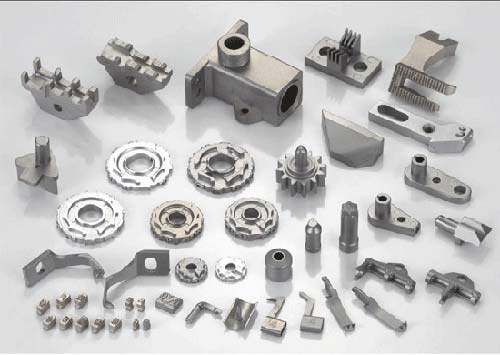 +86-731-89578196
+86-731-89578196
 [email protected]
[email protected]
- Home
- Our Company
-
Products
Sputtering Targets

- Industries
- Blog
- FAQ
- Contact Us
Lost Art - Powder Metallurgy
views, Updated: 2021-09-21
Powder metallurgy is formerly known as a lost art. Unlike clay or other stoneware materials, the skills in molding and firing useful and ornamental metallic objects are not often applied in the early phases of history.Metal powders like gold, copper and also bronze, and many other powdered oxides, specifically oxide iron powder, which is used as colors, are utilized for ornamental uses in ceramic objects, used as a base in paints and inks, and also in cosmetics since the start of history. Powdered gold has been used in illustrating several manuscripts in the early times. The procedure in producing the powdered gold is not known, but lots of powder may be taken through granulation after the melting of the metal. Low dissolving points, as well as corrosion resistance, favored the procedures, particularly in the production of gold powder.
The utilization of these fine particles for pigments or decorative purposes is not real powder metallurgy. The important features of the current art are the creation of powder and consolidation into the hard form utilizing force and heat at the warmth below the liquefying point of the main element.
The two principal techniques utilized to shape and consolidate the ceramics or powder metallurgy are sintering and metal molding injection. Current improvements have possibly done to make use of speedy manufacturing techniques that use metal powder. Due to this method, the powder is not sintered but melted, so better mechanical power can be attained.

In ceramics or powder metallurgy, it is probable to produce components that would disintegrate or decay. All concerns of solid-liquid stage changes may be overlooked, so powder procedures are more supple than forging, casting, or extrusion techniques. The controllable character of products is set by using several powder technologies, including automatic, magnetic, and some unconventional characteristics of such substances as spongy solids, aggregates, and intermetallic compounds. The competitive distinctiveness of production procedures can also be regulated strictly.
Powder metallurgy products are used in a broad range of businesses, from automotive and aerospace applications to power apparatus and household appliances. Every year the international awards for powder metallurgy highlight the increasing capabilities of the expertise.
To learn more information on Metallic Powder, Visit us at: [https://www.aemdeposition.com/powder-products/].
Article Source: http://EzineArticles.com/4552170
LATEST NEWS











